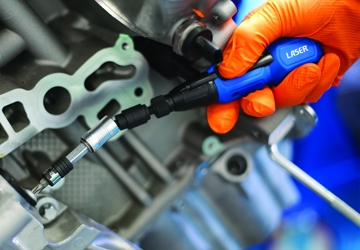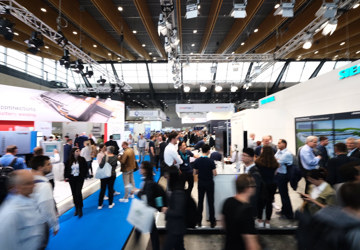
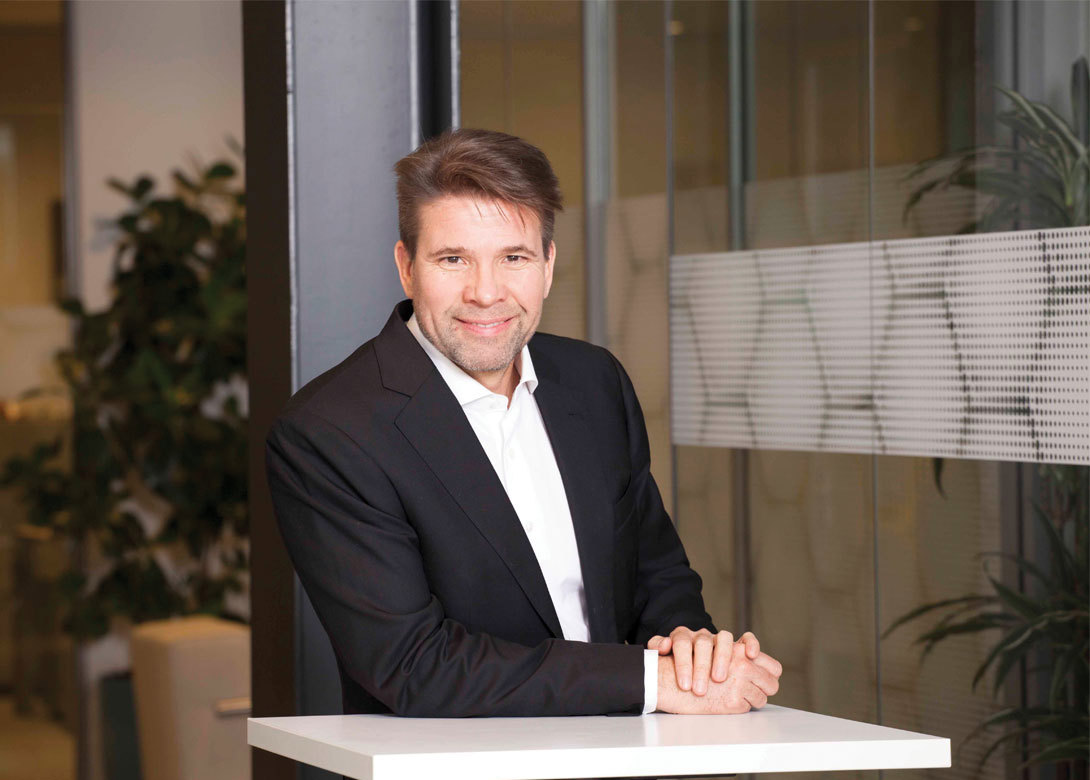
Focusing on value for customers with advanced solutions and services, Koninklijke Nedschroef Holding BV has established itself as a leading global fastener partner – mainly for the automotive industry. Here we speak to Dr Mathias Hüttenrauch, CEO and chairman of the board at Koninklijke Nedschroef, about the challenges of supplying the automotive industry and how the company stays at the forefront of the industry.
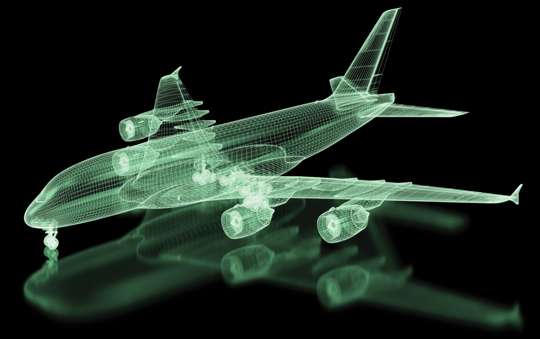
A new market for Koninklijke Nedschroef is the aviation sector? What made you decide to enter the market and what did the process involve?
“The logic behind us moving into the aviation sector was that in many ways it is similar to the automotive market. You have big volumes and the industry is growing – the order books for the big players are full. For this reason we saw a lot of potential in the market.
When we decided to go for it we soon realised it was going to take longer than we originally thought. The entrance barriers in the aviation sector are very high. It therefore took a while for us to break into the market fully.
The quality demands are also different and it is essential you have the right certificates. First you need the EN 9001 certificate, which we have on several locations. You also need a NADCAP certification, which doesn’t come from the EU, it comes from the manufacturer. Also, the aviation sector requires far more traceability and isolation of your products.
Which fasteners you are supplying is also an important factor. If you look at safety critical fasteners then the whole checking process of production of the pieces is very different. You check every part in a much deeper way. You have to put a lot of attention into the industry and this is very different to the automotive market. Also, the life cycles are very different – it can be up to 40 years from their basic concept to completion and you need to make sure you are involved in these cycles.
That is why we started as a tier two supplier, because it is easier to start supplying a tier one supplier that is accepted and we could learn from this experience. Now we are starting to get more involved in the sector, but there are a lot of barriers.
The aviation companies want to know what you can offer that is different to other companies. Thanks to our experience and knowledge in engineering, and the flexibility we can offer, we can be competitive. We are now an approved supplier to Airbus and we are optimistic we will continue to be more and more accepted.”
What are your thoughts on the current situation in the fastener market, as well as the markets in general?
“For the fastener industry, I would say there is a need and a trend to consolidate further. There are a lot of ‘local kings’ that are specialised manufacturers. It needs to be seen if this will continue over the coming years – especially when you consider companies will need to spend more on engineering, R&D, equipment, as well as modernisation. I believe we will see a further consolidation wave and we are already seeing big companies taking this into consideration now.
As for the overall markets, from our experience the numbers are better than the mood. The order books are good, the trends are good, and our customers are doing well.
Will that remain and continue? I think in the end in Europe we need to understand that to be taken seriously in China, USA or Japan, countries need to collaborate on the economic side.
In Europe we are still known for our innovations, so I think we will continue to play a major role in the fasteners market and automotive market globally. Even with digitalisation and current trends, experience is still one of the key factors for a successful company.
China for us is currently a very good market, we have seen huge growth and we are currently launching over 200 products in China. The revenue has almost been doubling every year. Europe is pretty stable. With the political situation in some countries, and BREXIT, there could be uncertainty. But in the passenger car and commercial vehicle market there has been substantial and sustainable growth.
As for the USA, we will see how it develops and we are watching it carefully. It is a big market, which needs to be addressed. However, the fastener buying behaviour in the USA is different to Europe. OEMs go via big distribution houses, where in Europe OEMs tend to buy from the manufacturers directly. Therefore to be a big player in the USA you need a big geographical footprint, which we currently don’t have. But it is an interesting market for the future.
Other markets with potential that we carefully watch include Brazil and Russia.
What are the current challenges for Koninklijke Nedschroef and the fastener industry as a whole?
“There are various challenges I think for the future. Focussing on the fastener industry - in connection with the automotive sector - the whole business model of the automotive customers will change dramatically over the next decade. They will become mobility providers and connectivity will become a key factor. We are already seeing new players coming in to the market, which is the opposite of the situation we saw 10 years ago when there seemed to be a lot of consolidation.
I was at a recent automotive exhibition in China and there were a lot of new companies – all with an electric car and modular kit and some very interesting ideas. Of course, not all of them will survive, but with electromobility and connectivity we see new powerful players - for instance, Google and Apple have their car projects.
As an industry we will need to adjust ourselves in how to deal with them. The reason is that these companies don’t see themselves as car people, they see the car as a moving computer – being connected. Therefore, I can see a point in the future where we will need to adjust our product portfolio to consider these changes in mentality.
The traditional automotive customers will be focussing on what position they will have within the market, what their brand and offer will become . There is a potential for them to give even more control to their suppliers. We need to be able, even as a fastener manufacturer, to understand that responsibility in terms of logistics, engineering, etc.
The second challenge is there is a chance we will have less fasteners in those cars, but more sophisticated parts. On the standard fasteners, I would expect an intense competition. Some partners from emerging markets are also learning how to make standard fasteners and of course they will try to enter Europe or other markets and there is also the anti-dumping question still going on.
There are certainly a lot of challenges for us in defending our leadership position, but at Koninklijke Nedschroef we do not compete on cost only. Our policy is to be cost efficient, but our major strategy going forward is on innovation - being better, being faster, as well as being more innovative around the process.”
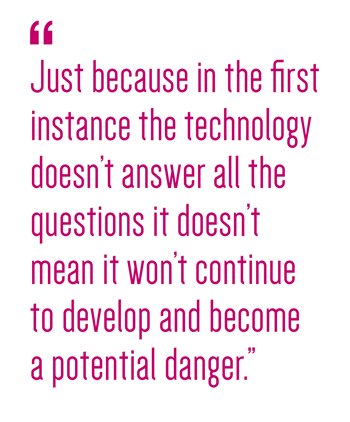
What are your thoughts on new technologies such as 3D printing and how does Koninklijke Nedschroef intend to integrate with Industry 4.0?
“I take that question very seriously, because you can make a big mistake by overlooking these new technologies. For instance, only a few years ago 3D printing was fairly basic, you could only print something that wasn’t really useable. Now there have been huge developments - you can start printing in metal, you can make fully operational prototypes, etc.
Just because in the first instance the technology doesn’t answer all the questions it doesn’t mean it won’t continue to develop and become a potential danger. They are not linear technologies, they are exponential. They can develop very quickly if there is an interest.
We currently test with 3D printing and we use it for prototyping. We will continue to watch with interest what developments happen in the future. I don’t want to over hype the potential, but at the same time I don’t want to ignore it. It may not be something for today, but you never know about tomorrow.
Industry 4.0 is very similar to 3D printing. If you look at the developments in computers over the last 20 years – they provided data. The computers of the future will be able to provide information. This means the computer of the future will be able to create a certain ‘smartness’ in how to link and connect data, to create a real logical field of action. Instead of robots replacing the ‘physical’ human labour, it will be taking over certain ‘brain’ work of humans as well. This will have a big impact on not only the fastener industry, but the world as a whole.
This ‘smartness’ is definitely coming, which is why we are looking at how it can help us as a business – whether it is logistics, production process, optimisation, etc. Again, I do not want to hype the potential, but we have a clear view regarding digitilisation. We have several projects running in this area, as well as other technologies, but for now we will keep those to ourselves.”
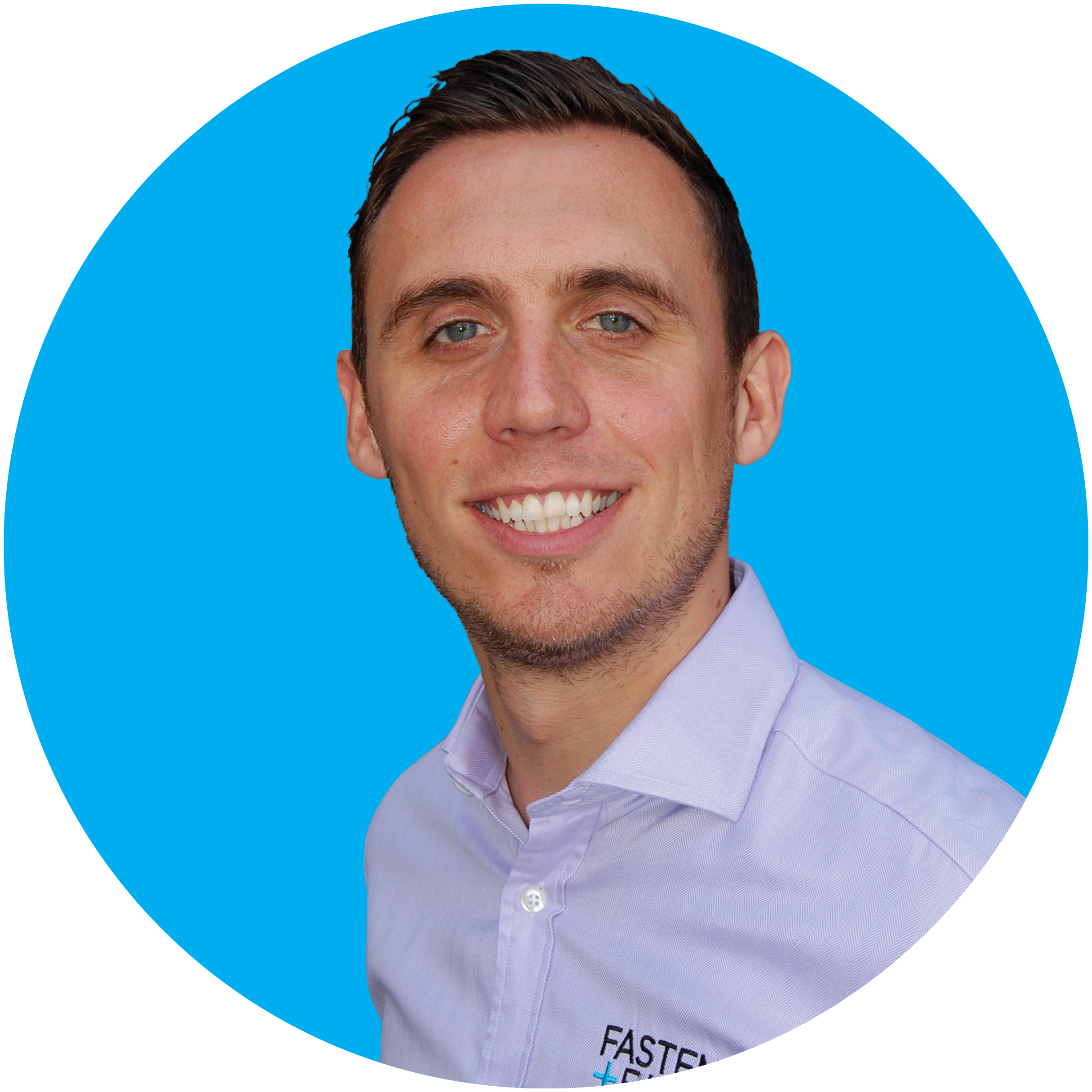
Will joined Fastener + Fixing Magazine in 2007 and over the last 12 years has experienced every facet of the fastener sector – interviewing key figures within the industry and visiting leading companies and exhibitions around the globe. Will manages the content strategy across all platforms and is the guardian for the high editorial standards that the brand is renowned.




